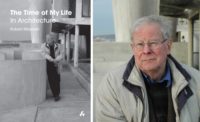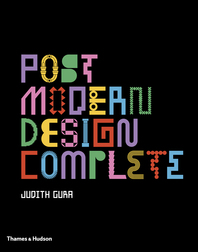His black round eyeglasses, in the style associated with Le Corbusier, were a nod to western architectural ideas. But Charles Correa, who died June 16 at the age of 84, reportedly of cancer, was deeply committed to the culture of his native India, which gained independence in 1947. His buildings, completed over nearly 60 years, were the “the physical manifestation of the idea of Indian nationhood, modernity and progress,” says architect David Adjaye, who designed an exhibition of Correa’s work at the Royal Institute of British Architects in London 2013. Correa donated his archives, including some 6,000 drawings, to RIBA, which awarded him its gold medal in 1984. At the time, Peter Murray, the editor of the RIBA Journal, called Correa “a master of light and shade, of space and climate, as well as an activist with a concern for the underprivileged in the Third World.”
Correa, born in Hyderabad in 1930, belonged to a generation of Asian architects who came to the U.S. to study — he earned degrees from both the University of Michigan and the Massachusetts Institute of Technology. But he returned to India and became known, when he was just 28, for designing the Mahatma Gandhi memorial, (officially the Gandhi Smarak Sangrahalaya) in Sabarmati Ashram in Ahmedabad, 1958-63. A series of open-air pavilions, the building seemed to incorporate far more space than its walls could enclose. Many of his projects, which included expensive condos but more often housed the poor, provided glimpses of the sky, which he has said could make the difference “between livable habitat and claustrophobia.” He also worked to create “visual quiet,” in his words, amid sometimes cacophonous surroundings.
Correa established his own firm in Mumbai in 1958 before going on to become one of India’s most respected architects. He worked on a variety of scales, including city planning. In the 1970s he was chief architect for Navi Mumbai, a Mumbai suburb designed for two million people. There, Correa worked with other architects to create livable housing despite extremely high density.
Moshe Safdie, who first met Correa in 1965, says Correa was "an elegant and sophisticated man" who, with his wife, Monica, a weaver, “maintained a wide network of friendships.” But, he adds, “there was also was an angry passion about him, because he had little patience for mediocrity." According to Adjaye, Correa was “not didactic in his methodology, nor was he comfortable in being framed by one.” Adjaye notes that Correa was able to use vernacular motifs with the modern approach yet acknowledge historical precedents in his work. “Even with his British Council building in Delhi (1992),” says Adjaye, “Correa is looking at the architecture of the Red Fort, while also showing that he is aware of the mogul architecture that was interpreted by Edwin Luytens in the Raj style…It’s kind of a double quotation.”
Correa occasionally built in the west: He recently completed the Champalimaud Centre for the Unknown, a medical research facility in Lisbon, Portugal (2010), and the Ismaili Centre in Toronto, Canada (2014), part of a campus that includes Fumihiko Maki’s Aga Kahn Museum (2014).
But in his book Housing and Urbanization: Building Solutions for People and Cities (1999), he said it was a privilege to work in India. In that country, he wrote, “the issues are so much bigger than you are.”
Adjaye sums up Correa’s influence on architects in India and elsewhere: “Correa was able to adapt to various conditions in which he found himself. For those of my generation with my sensibility, he was a powerful and important pioneer in this way of thinking.”





















